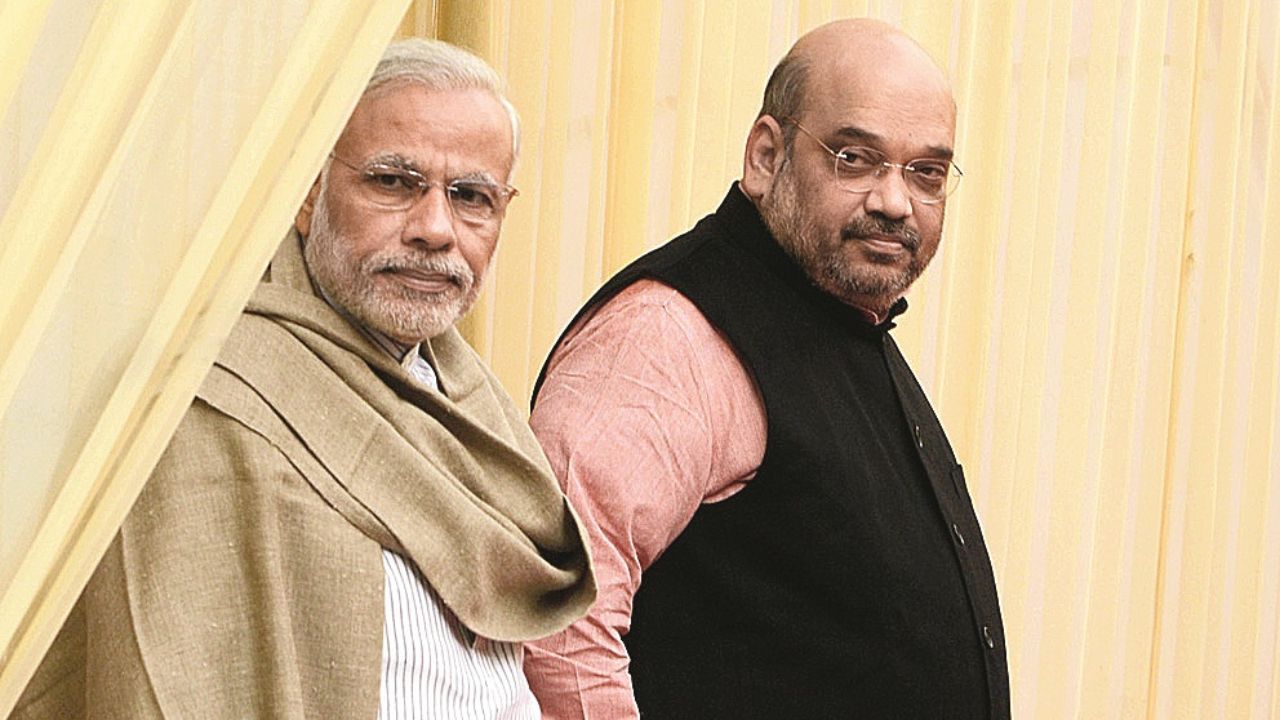 English
English

For the first time in the organizational structure of the Bharatiya Janata Party (BJP), two years have passed since the National President’s term ended, yet a new president has not been appointed.

Who Will Succeed JP Nadda as BJP President? (Image Source: internet)
Lucknow: For the first time in the organizational structure of the Bharatiya Janata Party (BJP), two years have passed since the term of the National President ended, yet a new president has not been appointed. JP Nadda's tenure ended in January 2023, after which he was given additional responsibility in a caretaker capacity. Now, half of 2025 has passed, and the party's top organizational post remains vacant, reports Dynamite News correspondent.
This situation has become a unique example in Indian politics. While the BJP, as a disciplined and cadre-based party, has traditionally seen timely organizational reshuffles, the delay in selecting a new national president is raising several questions. According to party insiders, there is no consensus among the top leadership on some critical issues.
JP Nadda strengthened the organization for a long time, but now the BJP needs a new face who can give a new shape to the strategy for the next Lok Sabha elections. Many names are being discussed within the party, such as Home Minister Amit Shah, Education Minister Dharmendra Pradhan, Om Mathur, Bhupendra Yadav, and Vinay Sahasrabuddhe. But a final decision has not been taken on any of these names yet.
BJP sources believe that PM Narendra Modi and Home Minister Amit Shah want to appoint a leader to the post of president who will maintain balance in the organization and strengthen the party at the grassroots level for the next five years. But this selection has become difficult between caste equations, state representation, and the views of the Sangh.
Not only the national president, but in many states, the BJP has not been able to announce new state presidents yet. In states like Bihar, Rajasthan, Karnataka, and Uttarakhand, the party organization is running without leadership or in a caretaker system. This is not only reducing organizational activity, but the strategy for the upcoming assembly elections is also getting affected.
This time questions are being raised about the coordination between the Sangh (RSS) and the party. It is being said that there is a slight difference between the Sangh's choice and PM Modi's strategy. The Sangh wants an 'organizational' leader associated with an ideology to come to the post of president, while PM Modi wants to give priority to a more political strategist.
This situation of the BJP indicates that there are major contradictions within the party at this time. Although BJP spokespersons are not saying anything openly on this, the strategy and talks going on inside make it clear that there will be organizational changes soon—but when? It still remains a big question. Is the party that won with a huge majority in 2024 unable to decide the organizational leadership in 2025? The answer to this question is currently hidden in the womb of time.
The national president of the Bharatiya Janata Party (BJP) is not just a post but is the main driver of the party's ideology, organization, and election strategy. The person sitting on this post not only monitors the organizational work of the party but also coordinates with the Prime Minister and senior ministers. In such a situation, it is important to know how the national president of BJP is elected and what the role of Rashtriya Swayamsevak Sangh (RSS) is in this.
Process of BJP President Election or Unopposed Selection: According to the constitution of the Bharatiya Janata Party, the national president is selected by the election of the party's national executive and council. However, this election is often formal because usually only one name comes forward on the instructions of the leadership, and the candidate is elected unopposed.
Organizational structure: The party has more than 36 organized regional and state units. The National Council is formed by selecting representatives from each unit. The name for the president is proposed in this council, and it decides the president by voting or consensus.
Tenure and age: The tenure of the national president of BJP is 3 years, and the same person can hold this post for a maximum of two terms. However, this rule can also be changed in special circumstances.
Role of RSS: The relationship between BJP and RSS is not only ideological but also organizational. BJP is considered the political wing of the Sangh. Therefore, the consent or advice of the RSS cannot be ignored in major decisions of the party.
'Sangh's choice' matters: The informal consent of the Sangh is often taken on who will hold the post of president. Especially when the party is going through a difficult political phase or a leadership change is necessary.
Maintaining balance in the organization: The Sangh ensures that the BJP president is someone who imbibes the ideas of the Sangh, is connected to the grassroots workers, and strengthens the organization. Many times senior Sangh pracharaks have also been made BJP president (like Nadda and Gadkari, who have been associated with the Sangh).
Decisive but behind the scenes: The RSS does not interfere directly, but in the role of 'Margdarshak,' it not only discusses but also agrees on the final name.
It has been observed in the past years that PM Narendra Modi and Amit Shah prefer a political strategist who gives priority to electoral victory. On the other hand, the thinking of the Sangh is more organisation-centric. This is the reason why discussions on names between the two sides often go on for a long time and get delayed.